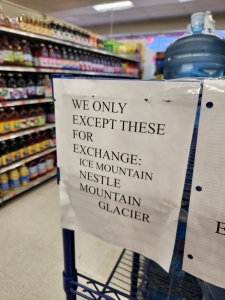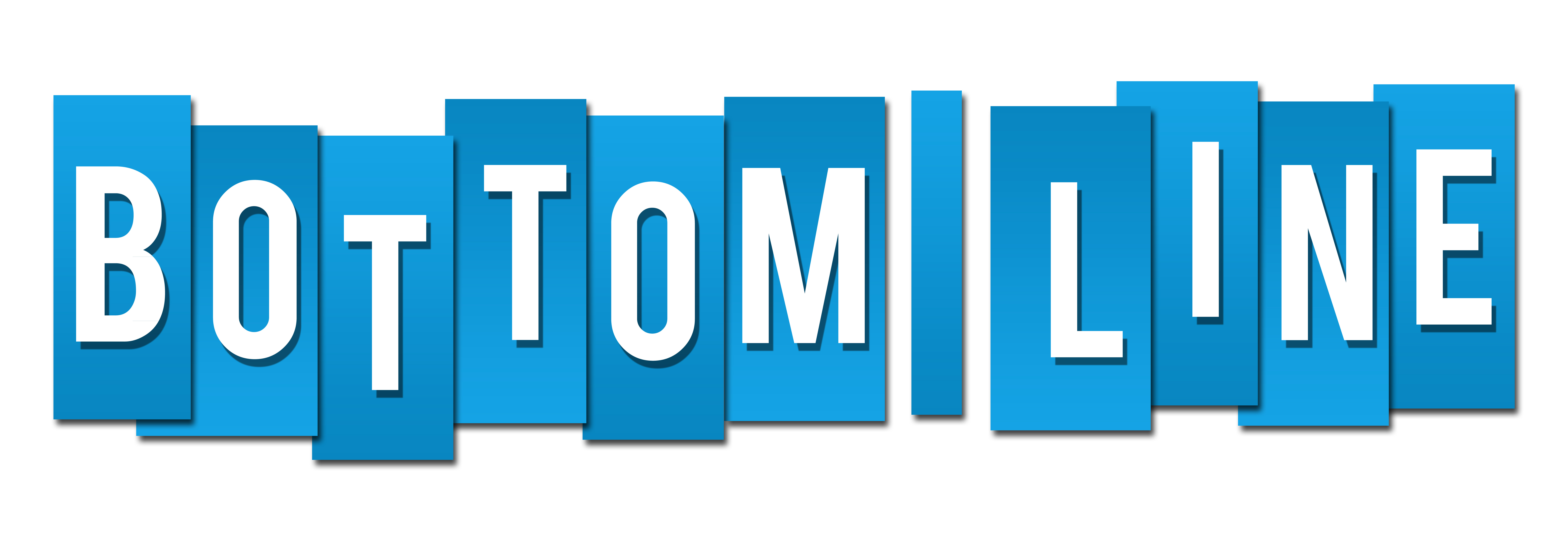Today’s guest blog post was created by Michael Bellush, founder of HighMark SEO Digital…

Introduction
In the magical realm of digital marketing, think of SEO and content marketing as the Harry Potter and Albus Dumbledore of the online world. One, much like young Harry, brings fresh, innovative tactics and a touch of technical sorcery. The other, akin to the wise and powerful Dumbledore, offers a wealth of knowledge and captivating content that keeps audiences spellbound. Together, they navigate the labyrinth of Google’s Hogwarts, aiming for the top spots in the search engine results pages (SERPs). In this article, we’ll explore how combining the daring of Harry with the wisdom of Dumbledore in your SEO and content marketing strategies can work wonders for your digital presence.
Understanding the Basics
What is SEO and Why It Matters
Imagine SEO as a masterful potion brewer in the dungeons of Hogwarts, meticulously mixing ingredients to conjure potions that elevate websites in Google’s grand library of search results. Just as a well-crafted potion can grant visibility or invisibility at Hogwarts, effective SEO can determine whether your website, keywords, and content get found online. Why does this matter? Because if you’re not on page one, you might as well be on page none.
Now, before you start envisioning SEO as some kind of mystical dark art performed by cloak-wearing wizards in dimly lit rooms, let’s demystify it. Sure, an SEO wizard might jokingly mutter “Accio” while optimizing your website, hoping for a magical boost in rankings. But in reality, great SEO is less about enchantments and more about smart strategies:
- Understanding Google’s algorithms
- Mastering keyword research
- Creating high-quality content with a keyword focus
- Performing website SEO optimization
- Building domain authority through backlinking
The real magic lies in blending these elements to light up your website’s visibility, much like the “Lumos” spell lights up a dark corridor in a wizard’s castle. So, while there’s no actual wand-waving, the transformation your website undergoes with effective SEO techniques is nothing short of spellbinding.
The Synergy of SEO and Content Marketing
Complementary Strategies
SEO and content marketing can form a powerful combination.
- SEO: Boosts visibility through strategic keyword placement, website optimization, and backlinking.
- Content Marketing: Enriches visibility by engaging and retaining the audience with high-quality, relevant content.
This synergy not only drives traffic but also enhances user engagement, a key factor in SEO success.
Keyword Synchronization
Keywords in content marketing are akin to the carefully selected ingredients in a potion from the Hogwarts Apothecary. It’s not about haphazardly throwing in every magical herb and creature part you can find, but rather about artfully blending them into your content, much like a Hogwarts Potion Master crafting a perfect Polyjuice Potion. The right mix of keywords can charm Google’s algorithms, ensuring that your content casts a spell over the desired audience.
Technical SEO and Content Strategy
Technical SEO Foundations
Technical SEO optimizes your website’s backend elements to improve search engine rankings. This includes:
- Crafting clear, descriptive URL names
- Engaging and optimized page titles
- Optimized meta descriptions that succinctly summarize page content
- Using image-alt tags for improved SEO
- Structuring content with logical headings that include keyword variations
- Strategically incorporating keywords throughout the content
These components work together to enhance both the user experience and a website’s visibility to search engines.
Link Building and Content Authority
Link building is like a high school popularity contest, but in the digital world. The more reputable sites that backlink to your content, the cooler you are in the eyes of search engines. Relevant and authoritative backlinks are what build up authority and they are crucial for SEO success.
Realizing the Full Potential
Measuring Success
 To see if your digital potion is working, you need to dive into the cauldron of analytics. Tools like Google Analytics and Google Search Console are essential for understanding whether your SEO and content spells are enchanting the audience or if they need a bit more magic.
To see if your digital potion is working, you need to dive into the cauldron of analytics. Tools like Google Analytics and Google Search Console are essential for understanding whether your SEO and content spells are enchanting the audience or if they need a bit more magic.
Real World Example
Consider a local roofing company that wants to create brand awareness, increase sales, and service a larger area. They started creating detailed blog posts about common roofing issues, maintenance tips, and the advantages of timely repairs. By implementing focused SEO strategies, such as keyword mapping, technical website SEO optimization, and authority building through backlinking they significantly increased their online visibility. This strategic approach not only boosted their ranking in search engine results but also attracted a broader range of homeowners in need of roofing services. The increase in inquiries and customer engagement demonstrated the impactful combination of targeted SEO and informative content for a service-based business.
Conclusion
So, there you have it – SEO and content marketing, the Harry Potter and Dumbledore of the digital world, ready to take your online presence from muggle to magician. Remember, in the world of digital marketing it’s better to take off the invisibility cloak. It’s time to step into the spotlight!

For further information, Michael Bellush may be reached at Michael@highmarkseo.com.
..





 The staff at my local grocery store obviously meant to convey the message that they don’t ACCEPT returns. In fact, I found out later, the word “accept” did not make dictionaryscoop.com‘s list of 12 Most Common English Spelling Mistakes, which includes the words accommodate, apparent, acknowledgment, calendar, colleague, entrepreneur, led (past tense of “lead”), necessary, receive, successful, and withhold. CNBC adds conscientious, experience, guidance, occurrence, and fulfill.
The staff at my local grocery store obviously meant to convey the message that they don’t ACCEPT returns. In fact, I found out later, the word “accept” did not make dictionaryscoop.com‘s list of 12 Most Common English Spelling Mistakes, which includes the words accommodate, apparent, acknowledgment, calendar, colleague, entrepreneur, led (past tense of “lead”), necessary, receive, successful, and withhold. CNBC adds conscientious, experience, guidance, occurrence, and fulfill.






Follow us online!